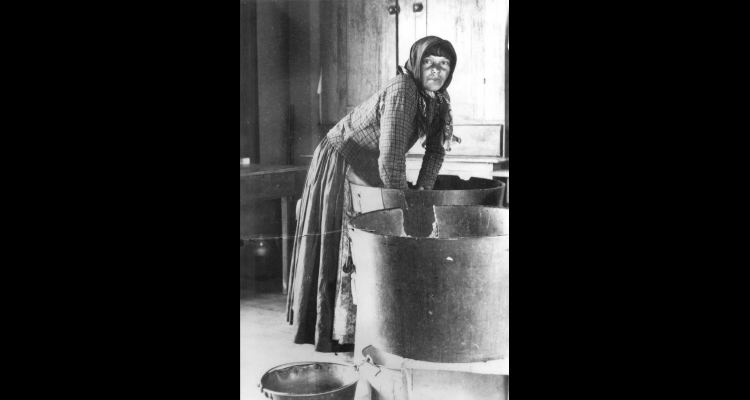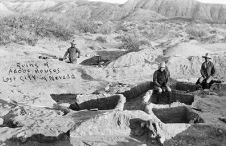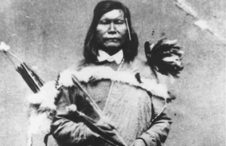A Story of Encounters: Everyday Encounters
With the arrival of statehood and the establishment of permanent towns throughout the state, interactions between Nevada’s natives and non-natives took many forms. Over time, many tribal members moved from informal camps and settlements to the state’s growing number of Indian colonies and reservations, where they eventually elected their own tribal governments and functioned as sovereign nations.
From an early date, many of Nevada’s Indians found employment on farms and ranches or in households and businesses owned by non-natives. Job opportunities also opened up in Nevada’s emerging urban centers, bringing the state’s diverse populations into closer daily contact with one another.
Working side-by-side helped to bridge some cultural differences between the state’s native and non-native populations, although longstanding social and economic inequities remained. Through the early twentieth century, even the friendliest and most sympathetic interactions played out against a larger backdrop of inequality and segregation. Like other minority groups, Native Americans long faced discrimination in housing, lodging, and other arenas.
As the civil rights movement gained momentum, a variety of state and federal efforts to secure equality, greater self-determination, and voting rights for Native Americans brought many of the state’s Indians and non-Indians together. Disagreements continued as well, over rights to land and water, and over issues such as the impact of the Nevada Test Site on native lands and peoples.
Article Locations
Related Articles
Further Reading
None at this time.




